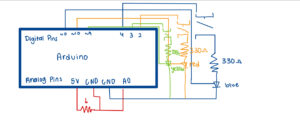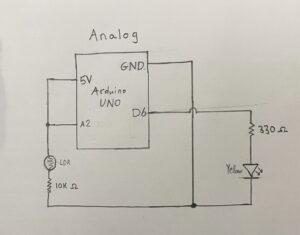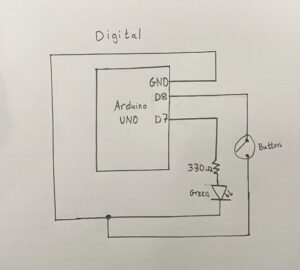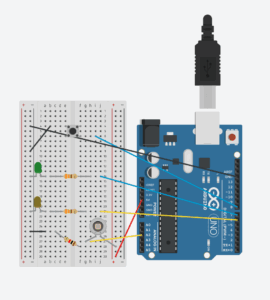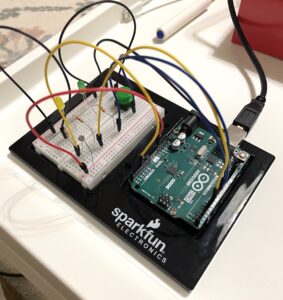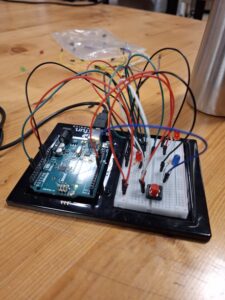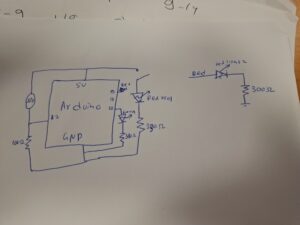Physical Computing’s Greatest hits and misses
When I read Physical Computing’s Greatest Hits (and Misses) by Tom Igoe, I found it fascinating how creativity often repeats itself, not out of laziness, but because some ideas are simply too human to let go of. Whether it’s waving your hand to make music like a theremin, or building dancing floor pads inspired by Dance Dance Revolution, these projects remind me that interaction is a language our bodies already know.
Igoe’s writing made me realize that physical computing isn’t just about wiring sensors or programming microcontrollers. It’s about finding meaning in movement and connection. His examples like gloves that make drum sounds or video mirrors that reflect your gestures all blur the line between play and design. I like how he admits that some of these projects are “pretty but shallow.” It’s honest. It’s easy to get lost in flashing LEDs and forget to ask: what experience am I creating for the user?
The part that stayed with me most was his reminder that originality doesn’t mean doing something no one’s ever done before it means doing something familiar in a new way. That’s comforting. As someone who’s just learning, I often feel like my ideas are too simple or already “done.” But after reading this, I see that even a basic project, a light sensor or a glove, can become unique if I bring my own perspective, story, or purpose to it.
Making Interactive Art: Set the Stage, Then Shut Up and Listen
When I was reading Tom Igoe’s Making Interactive Art: Set the Stage, Then Shut Up and Listen, I was struck by how simple yet challenging his message was. He tells artists and creators to stop explaining their own work to resist the urge to direct, interpret, or control what others should feel. It’s funny how that sounds easy, but for anyone who’s ever made something personal, it’s actually the hardest thing to do. We want to be understood. We want people to “get it.”
Igoe reminds us that interactive art isn’t about showing, it’s about inviting. The artist’s job is not to tell a story, but to create a space where others can find their own. When he says, “Once you’ve built it, shut up,” it hit me like a creative reality check. In most traditional art forms painting, photography, sculpture the work speaks through form and color. But with interactive art, the audience literally completes the piece through their movement, curiosity, and touch. That’s terrifying and beautiful at the same time.
I also loved how Igoe compares designing interaction to directing actors. You can’t tell an actor how to feel; you just set the stage, give them a prop, and trust that they’ll find emotion in the act itself. That idea applies perfectly to physical computing and interactive design. The best projects don’t just respond to people they encourage discovery. They leave space for mistakes, surprises, and personal interpretation.
Reading this made me think differently about my own work. I realized that in some of my projects, I’ve tried to control the experience too tightly giving too many instructions or forcing a specific reaction. But now, I see that a good interactive project is a conversation, not a lecture. It listens as much as it speaks.

